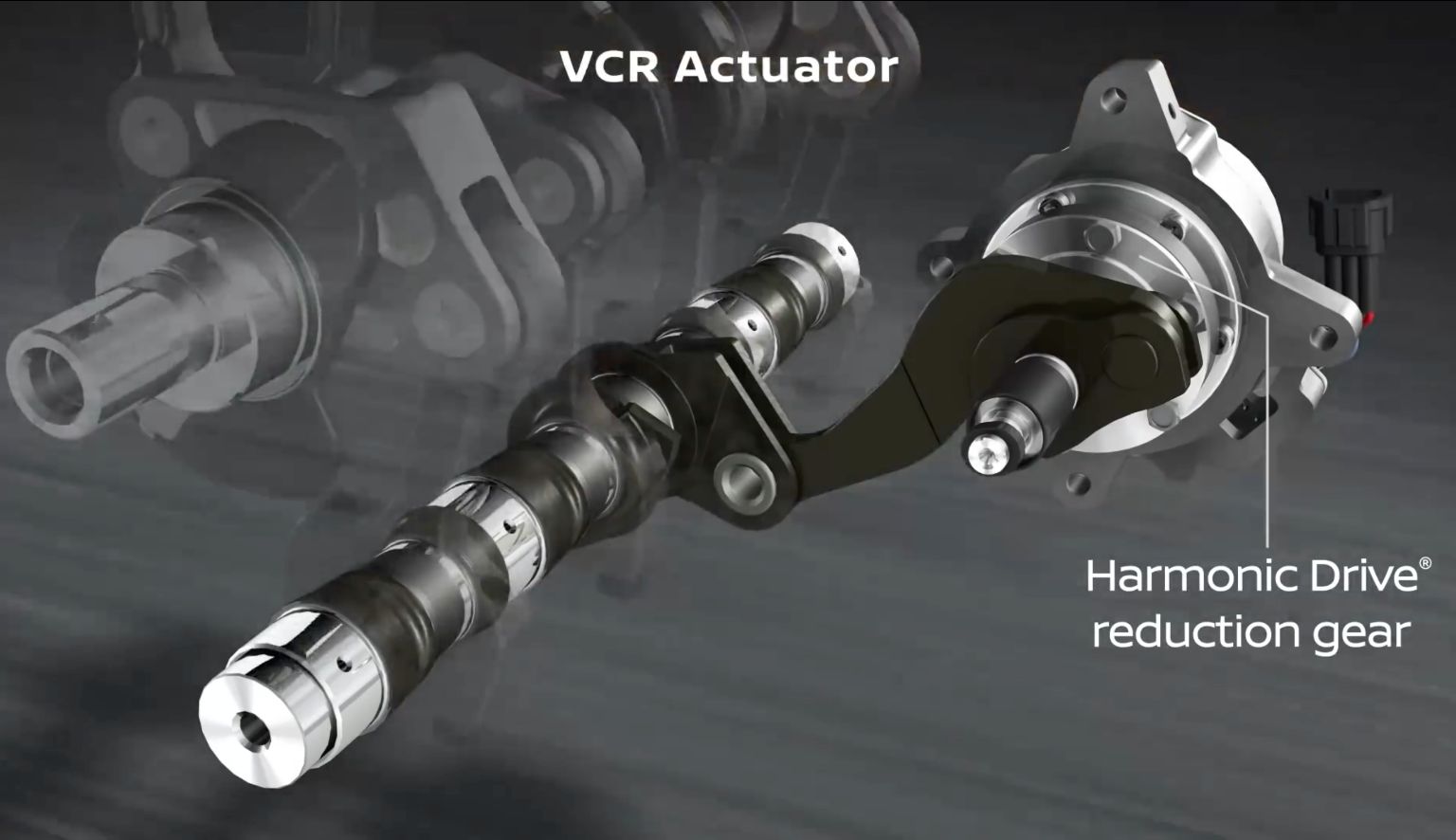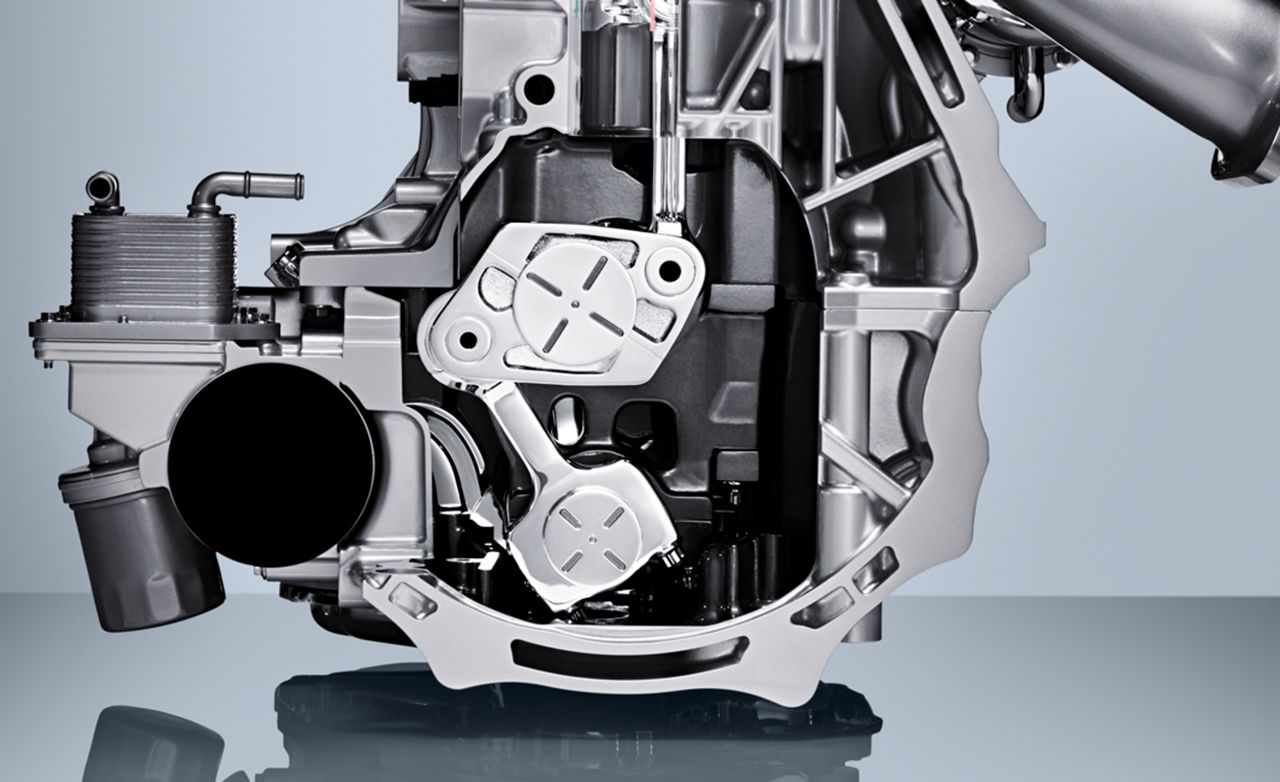A Variable Compression Engine adjusts compression ratio to optimize fuel efficiency and performance. This innovative technology enhances overall engine efficiency and power output.
Variable Compression Engines are gaining popularity in the automotive industry due to their ability to adapt to different driving conditions and fuel types. By automatically adjusting the compression ratio, these engines can deliver improved fuel economy without compromising on power.
In addition, the variable compression feature allows for a more environmentally friendly driving experience by reducing harmful emissions. As car manufacturers continue to prioritize sustainability and efficiency, Variable Compression Engines are expected to play a key role in shaping the future of automotive technology.

Credit: www.enginelabs.com
Contents
Variable Compression Engines
A variable compression engine is an internal combustion engine that can dynamically alter its compression ratio to optimize performance and efficiency under varying operating conditions. Traditional engines have a fixed compression ratio, which is a compromise between power output and fuel efficiency. In contrast, a VCE can adjust its compression ratio on the fly, providing the best of both worlds.
What is Compression Ratio?
The compression ratio is the ratio of the maximum to the minimum volume in the cylinder of an internal combustion engine. It is a crucial factor in engine performance and efficiency:
- High Compression Ratio: Increases thermal efficiency, leading to better fuel economy and higher power output. However, it can cause knocking, especially with low-octane fuel.
- Low Compression Ratio: Reduces the risk of knocking and allows for higher boost pressures (in turbocharged engines), but at the cost of efficiency.
How Variable Compression Engines Work
Variable compression engines achieve their dynamic compression ratio adjustment through various mechanical methods. The most well-known implementation is the one used by Nissan’s VC-Turbo engine, which employs a multi-link system to change the piston’s stroke.
Nissan’s VC-Turbo Technology
Nissan’s variable compression technology, called VC-Turbo, uses an innovative multi-link system that continuously adjusts the piston’s top dead center (TDC) position. Here’s how it works:
- Multi-Link Mechanism: The system replaces the traditional connecting rod with a multi-link assembly. This assembly is controlled by an actuator arm connected to an electric motor.
- Adjusting Piston Height: By moving the actuator arm, the multi-link assembly changes the piston’s height at TDC, effectively altering the compression ratio.
- Real-Time Adjustments: The engine control unit (ECU) monitors various parameters (such as throttle position, engine speed, and load) and adjusts the compression ratio in real-time to optimize performance and efficiency.

Credit: www.nissan-global.com
Advantages of Variable Compression Engines
Variable compression engines offer numerous benefits, making them a compelling technology for modern vehicles:
- Improved Fuel Efficiency: By optimizing the compression ratio based on driving conditions, VCEs can achieve higher fuel efficiency. Lower compression ratios are used during high-load conditions to prevent knocking, while higher ratios are used during cruising for better fuel economy.
- Enhanced Performance: VCEs can provide a significant boost in performance. The ability to switch to a lower compression ratio allows for higher turbocharger boost pressures, increasing power output without the risk of knocking.
- Reduced Emissions: Improved combustion efficiency results in lower emissions. VCEs can reduce CO2 and NOx emissions, contributing to cleaner air and meeting stringent emission standards.
- Flexibility with Fuel Types: VCEs can adapt to different fuel types, including low-octane fuels, without sacrificing performance or efficiency. This makes them versatile in various markets and regions.
- Adaptive Driving Experience: Drivers can benefit from an adaptive driving experience where the engine seamlessly adjusts to provide the best balance of power and efficiency based on driving conditions.
Challenges and Limitations
Despite the advantages, variable compression engines face several challenges and limitations:
- Complexity and Cost: The mechanical systems required for variable compression add complexity and cost to the engine design. This can make VCEs more expensive to produce and maintain compared to traditional engines.
- Durability and Reliability: The additional moving parts and mechanisms in a VCE must withstand the rigors of everyday driving. Ensuring durability and reliability over the engine’s lifespan is a significant engineering challenge.
- Integration with Existing Systems: Integrating VCE technology with existing vehicle systems, such as turbochargers, exhaust after-treatment, and transmission control, requires advanced engineering and calibration.
- Market Acceptance: As with any new technology, market acceptance and consumer trust are crucial. Educating consumers about the benefits and reliability of VCEs is essential for widespread adoption.
Current Implementations and Future Prospects
Nissan’s VC-Turbo engine is the most prominent example of variable compression technology in production. It is used in models like the Nissan Altima and Infiniti QX50, where it has received positive reviews for its performance and efficiency.
Other Automakers
Other automakers are also exploring VCE technology. For example:
- Mercedes-Benz: Developing its own variable compression technology, focusing on combining it with hybrid systems for even greater efficiency.
- Toyota: Researching VCEs with a focus on integrating the technology into their hybrid and electric vehicle platforms.
The Future of Variable Compression Engines
The future of variable compression engines looks promising, with ongoing research and development aimed at overcoming current challenges. Here are some potential future developments:
- Wider Adoption: As the technology matures and costs decrease, more automakers are likely to adopt VCEs in a broader range of vehicles, from compact cars to SUVs and trucks.
- Hybrid Integration: Combining VCEs with hybrid powertrains can maximize the efficiency and performance benefits, creating even more advanced and environmentally friendly vehicles.
- Advanced Materials: The use of advanced materials and manufacturing techniques can improve the durability and reliability of VCE components, addressing some of the current limitations.
- AI and Machine Learning: Incorporating AI and machine learning algorithms into engine control units can further optimize the performance of VCEs by predicting and adjusting to driving conditions with greater precision.

Credit: www.caranddriver.com
Frequently Asked Questions
Here are some FAQs about the variable compression engine –
What Is A Variable Compression Engine?
A Variable Compression Engine is a type of internal combustion engine that can alter its compression ratio.
How Does A Variable Compression Engine Work?
A Variable Compression Engine adjusts the piston’s position to change the compression ratio, optimizing performance and efficiency.
What Are The Benefits Of A Variable Compression Engine?
A Variable Compression Engine offers improved fuel efficiency, increased power output, and reduced emissions.
Are Variable Compression Engines Suitable For All Vehicles?
Yes, Variable Compression Engines can be used in a wide range of vehicles, from small cars to larger SUVs.
Is A Variable Compression Engine The Future Of Automotive Technology?
With its potential to enhance performance and efficiency, the Variable Compression Engine is considered a promising advancement in automotive technology.
Conclusion
The variable compression engine is a groundbreaking technology that offers significant improvements in fuel efficiency and performance. Its ability to adapt to different driving conditions ensures optimal power output while minimizing emissions. With its innovative design and engineering, the variable compression engine is set to revolutionize the automotive industry.
Stay ahead of the curve and embrace this exciting advancement in engine technology. Experience the future of driving with the variable compression engine.